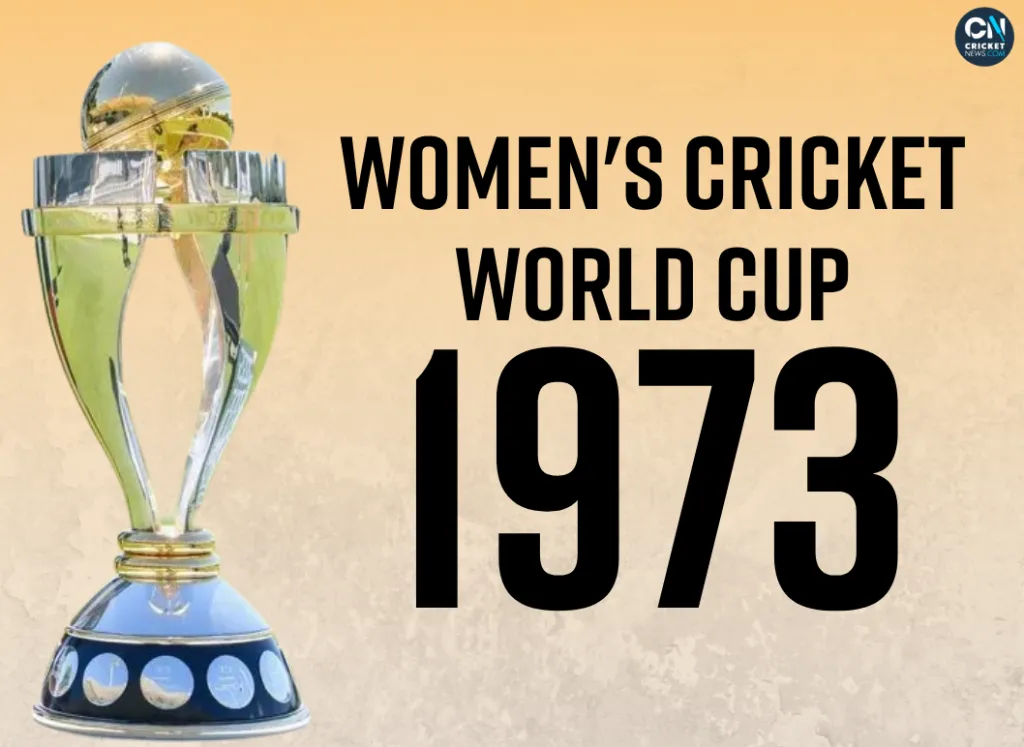The 1973 Women’s World Cup, the first limited-overs global cricket tournament, took place two years before its male counterpart, and was born more out of a desperate move to save women’s cricket. In 1971, ‘Union Jack’ Hayward, financer of England Women and a great friend of England captain Rachael Heyhoe Flint, proposed the idea to Sylvia Swinburne, President of the Women’s Cricket Association. He also offered to pay GBP 40,000. Later, Prudential contributed GBP 100,000 as well.
Heyhoe Flint tirelessly worked towards organising the tournament. Australia and New Zealand agreed, as did separate teams, from Jamaica and Trinidad & Tobago. To make up the numbers, two sides – Young England and an International XI (essentially a Rest of World side) – were added. The International XI initially included five South African cricketers, who had to be replaced, following vehement protests from the Jamaican and Trinidadian cricketers.
The tournament was played entirely in a round-robin league format. The first match, between Jamaica and New Zealand at Kew Green, London, was washed out without toss. On the same day, Australia beat Young England at Bournemouth, while England beat International XI at Hove. These were Women’s ODIs 1 and 2.
Against England, New Zealand struggled to reach 105/7 in 35 overs. In response, England reached 34/1 in 15 overs when it rained again. They were 11 short of the par score. It was their only defeat when they arrived in Edgbaston to play the last match of the tournament, against Australia.
Australia’s match against International XI had been hit by rain, but other than that, they had won everything. That made the last match a virtual final. England piled up 279/3, largely due to Enid Bakewell’s 118. Bev Wilson and Jackie Potter, the Australian openers, then added 62 before they collapsed, and finished on 187/9. Heyhoe Flint, the force behind the tournament, bowled the last over herself. England won the inaugural World Cup.
Bakewell returned 12-2-28-2 as well. Had there been a Player of the Match award, she would have won it. With 264 runs at 88, Bakewell was the leading run-scorer of the World Cup as well. Lynne Thomas finished a run behind Bakewell, while Heyhoe Flint was six runs behind Thomas. No one else was within 110 runs of them.
Bakewell also had tournament figures of 43-11-117-5, but there was no Player of the Tournament award. With 12 wickets at 14.91, Rosalind Heggs of Young England finished as the leading wicket-taker.
As representative of the royal family, Princess Anne handed the trophy to Heyhoe Flint. Prime Minister Edward Heath later hosted the victorious England team at 10 Downing Street.
Entirely played in round-robin league format. Last (and decisive) league match: England 279/3 in 60 overs (Enid Bakewell 118; Miriam Knee 2-53) beat Australia 187/9 in 60 overs (Jackie Potter 57; Enid Bakewell 2-28) by 92 runs.
England won the World Cup.
Most runs: Enid Bakewell (England, 264), Lynne Thomas (England, 263), Rachael Heyhoe Flint (England, 257)
Most wickets: Rosalind Heggs (Young England, 12), Mary Pilling (England, 9), Tina Macpherson (Australia, 9), Julia Greenwood (Young England, 9)

